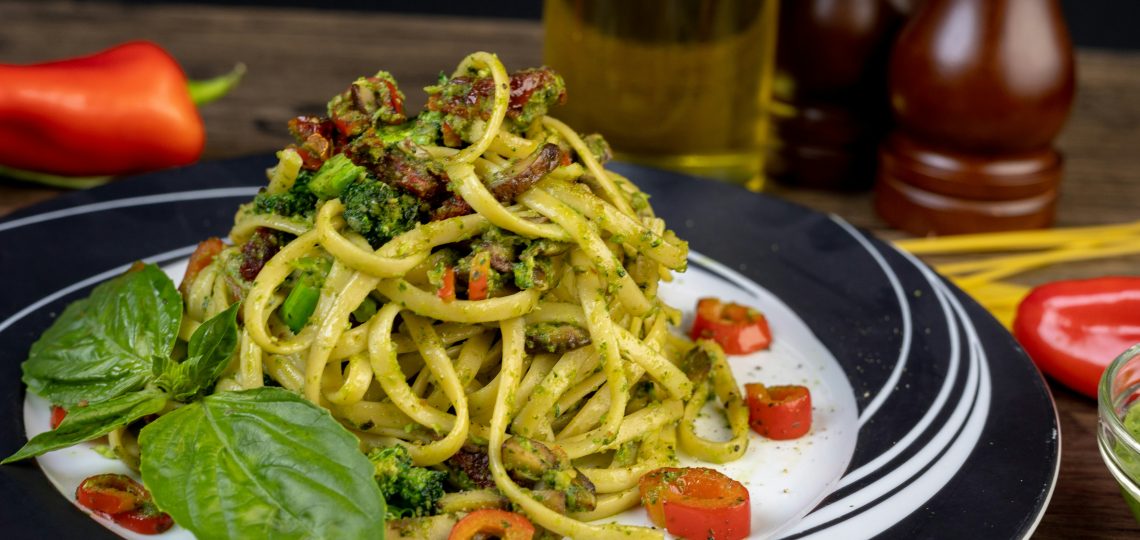
Italian Pasta Making Essentials Techniques and Recipes for Perfect Pasta
Italian Pasta Making Essentials: Techniques and Recipes for Perfect Pasta
Hey there, pasta enthusiasts! Ready to expand your knowledge about Italian pasta making with a special touch? Ah, pasta. Who doesnt love it? Whether youre a seasoned chef or just starting in the kitchen, making pasta from scratch can be a rewarding and delicious adventure. Let’s dive into the essentials of pasta making, explore some techniques, and discover recipes that will have you saying “Mamma mia!” in no time.
Why Homemade Pasta?
Imagine that youre sitting at a quaint Italian trattoria, the aroma of fresh basil and garlic wafting through the air. Sounds dreamy, right? Well, making your pasta at home can bring a slice of that Italian charm right to your kitchen. Homemade pasta isnt just about taste; its about the experience, the love, and the satisfaction of crafting something with your hands.
Essential Ingredients
First things first, let’s talk ingredients. You might think making pasta is complicated, but it actually requires just a few basic ingredients:
- Flour: Traditional Italian pasta is made with either ’00’ flour or semolina flour. The ’00’ flour is super fine, giving your pasta a silky texture, while semolina adds a bit of grit and holds up well in sauces.
- Eggs: Fresh eggs are the way to go. They add richness and color to the dough.
- Salt: A pinch of salt enhances the flavor.
- Water: Sometimes, a little water is needed to bring the dough together.
And thats it! No fancy ingredients, just simple staples found in most kitchens.
Tools of the Trade
Now, before you roll up your sleeves, lets talk tools. You dont need a bunch of fancy gadgets, but a few essentials will make the process smoother:
- Pasta Machine: This isnt strictly necessary, but it sure makes rolling out the dough easier and more consistent.
- Rolling Pin: If you dont have a pasta machine, a good old rolling pin will do the trick.
- Mixing Bowl: For combining your ingredients.
- Bench Scraper: Handy for cutting and lifting dough.
- Drying Rack: To hang your pasta once it’s cut. A clean broom handle works in a pinch!
Yup, were going there. Get ready to channel your inner Italian nonna.
Making the Dough
Lets get down to business. Making pasta dough is an art, but dont let that intimidate you. Heres a simple step-by-step guide:
- Measure Your Ingredients: For every 100 grams of ’00’ flour, use one large egg. A typical batch might be 400 grams of flour and four eggs.
- Form a Well: On a clean surface, pile your flour and make a well in the center. Crack the eggs into the well and add a pinch of salt.
- Mix: Using a fork, gently whisk the eggs, gradually incorporating the flour from the edges. Once its thick enough, start kneading with your hands.
- Knead: Knead the dough for about 10 minutes until its smooth and elastic. If it’s too sticky, add a bit more flour; if too dry, a few drops of water.
- Rest: Wrap the dough in plastic wrap and let it rest for at least 30 minutes. This relaxes the gluten and makes it easier to roll out.
See? Not so scary after all.
Rolling and Shaping
Once your dough has rested, its time to roll it out. If you have a pasta machine, start at the widest setting and gradually work your way to thinner settings. If using a rolling pin, aim for a consistent thickness of about 1-2mm.
Here are a few classic pasta shapes to try:
- Tagliatelle: Roll out your dough and cut into long, thin strips. Perfect for rich, meaty sauces.
- Ravioli: Roll the dough into two sheets, place small mounds of filling on one sheet, cover with the other, and cut into squares.
- Pappardelle: Wider than tagliatelle, these ribbons are great for hearty sauces and stews.
- Lasagna: Cut the dough into large rectangles for layering with sauce and cheese.
Trust me, its so gooood when you see those beautiful pasta ribbons coming together.
Cooking Your Pasta
Alright, youve made your pasta, now let’s cook it. Fresh pasta cooks way faster than dried pasta, so keep an eye on it. Heres the lowdown:
- Boil Water: Bring a large pot of salted water to a boil. It should taste like the sea.
- Cook: Fresh pasta only needs 2-3 minutes. It should be tender but still have a bit of bite.
- Drain: Reserve some pasta water before draining. This starchy liquid is perfect for thickening sauces.
Voila! Your homemade pasta is ready to be sauced and devoured.
Classic Recipes
No pasta making guide would be complete without some killer recipes. Here are a few Italian classics to get you started:
Tagliatelle al Rag (Bolognese)
Ingredients:
- 400g tagliatelle
- 500g minced beef and pork
- 1 onion, finely chopped
- 1 carrot, finely chopped
- 1 celery stick, finely chopped
- 2 garlic cloves, minced
- 200ml red wine
- 400g canned tomatoes
- 2 tbsp tomato paste
- Salt and pepper to taste
- Olive oil
- Fresh basil for garnish
Method:
- Heat olive oil in a large pan and saut the onion, carrot, and celery until softened.
- Add the garlic and cook for another minute.
- Add the minced meat, breaking it up with a spoon, and cook until browned.
- Pour in the wine and let it reduce by half.
- Add the canned tomatoes and tomato paste, season with salt and pepper, and let it simmer for at least an hour.
- Cook the tagliatelle, drain, and mix with the sauce.
- Garnish with fresh basil and serve.
Yup, thats gonna hit the spot.
Spinach and Ricotta Ravioli
Ingredients:
- 400g ravioli dough
- 200g spinach, cooked and chopped
- 250g ricotta cheese
- 50g grated Parmesan cheese
- 1 egg, beaten
- Salt and pepper to taste
- Nutmeg, a pinch
- Butter and sage for serving
Method:
- Mix the spinach, ricotta, Parmesan, egg, salt, pepper, and nutmeg in a bowl until well combined.
- Roll out the ravioli dough into thin sheets.
- Place small mounds of filling on one sheet, cover with another sheet, and cut into squares.
- Cook the ravioli in boiling water for 3-4 minutes.
- Melt butter in a pan, add fresh sage leaves, and toss the cooked ravioli in the butter sauce.
- Serve immediately.
Trust me, your taste buds will thank you.
Tips and Tricks
Here are some tips to take your pasta making to the next level:
- Use Fresh Ingredients: The fresher the eggs and flour, the better your pasta will taste.
- Dont Rush
the Rest:
Letting the dough rest is crucial for the best texture. - Keep It Light: When rolling out the dough, use just enough flour to keep it from sticking.
- Experiment: Try adding herbs or spices to your dough for a unique flavor twist.
- Practice: Like any skill, practice makes perfect. The more you make pasta, the better youll get.
So there you have it, pasta lovers. Whether youre making a simple tagliatelle or intricate ravioli, the key is to enjoy the process and savor the results. Now, go forth and conquer the world of homemade pasta. Buon appetito!
And remember, as the saying goes, “The early bird catches the worm,” or in this case, the perfectly cooked pasta. Keep experimenting, and before you know it, you’ll be the pasta pro among your friends. Ciao!
